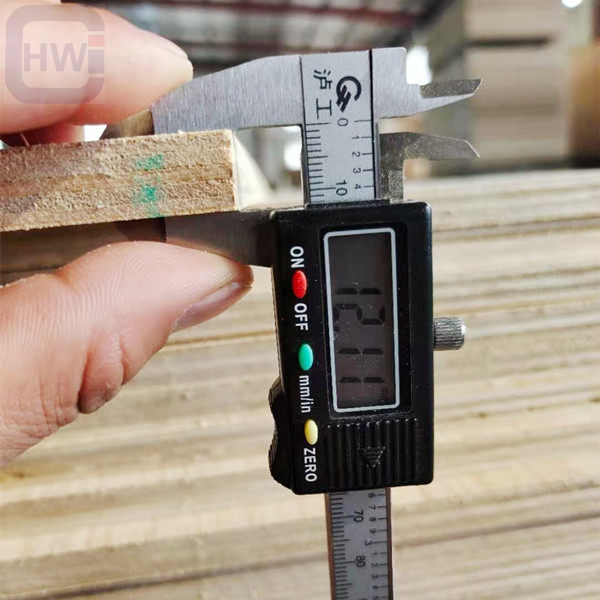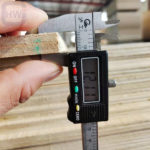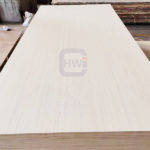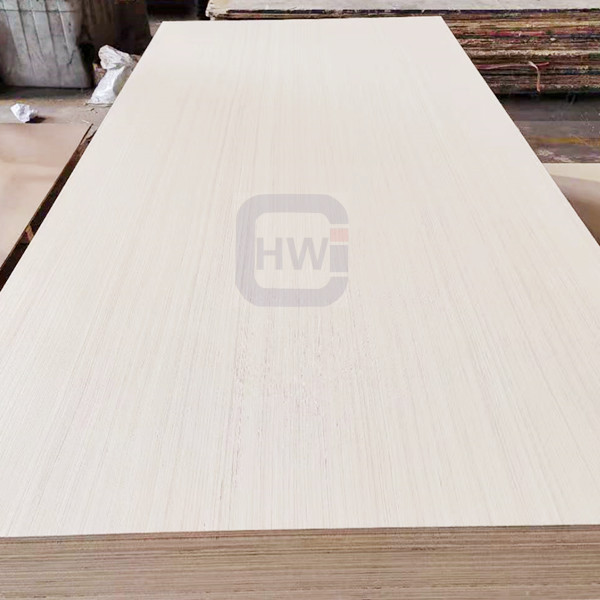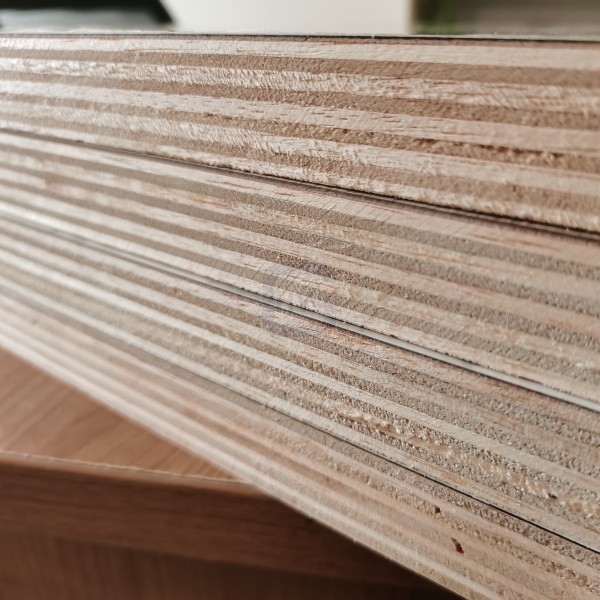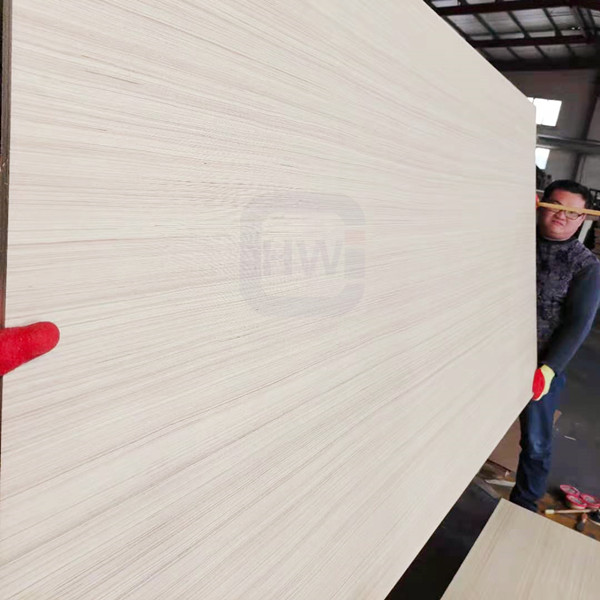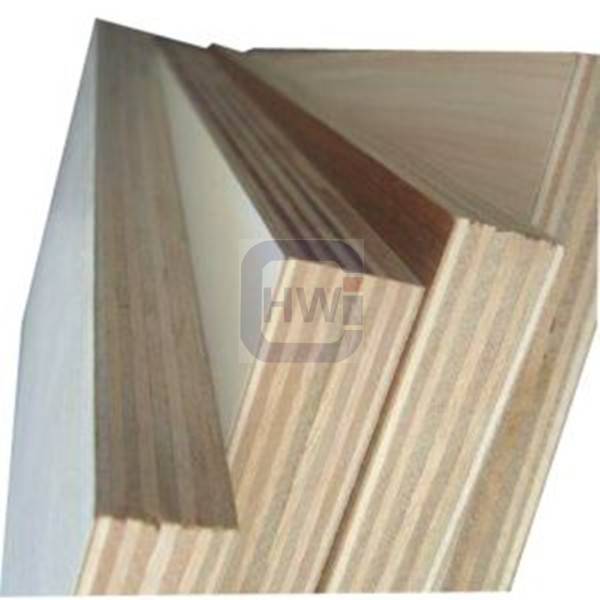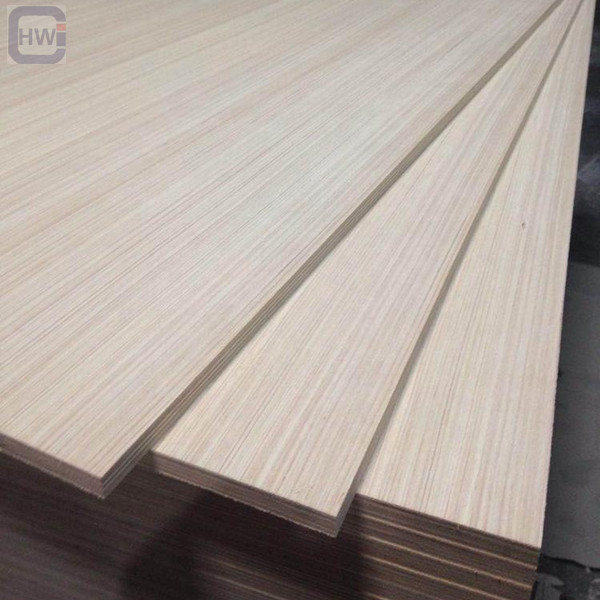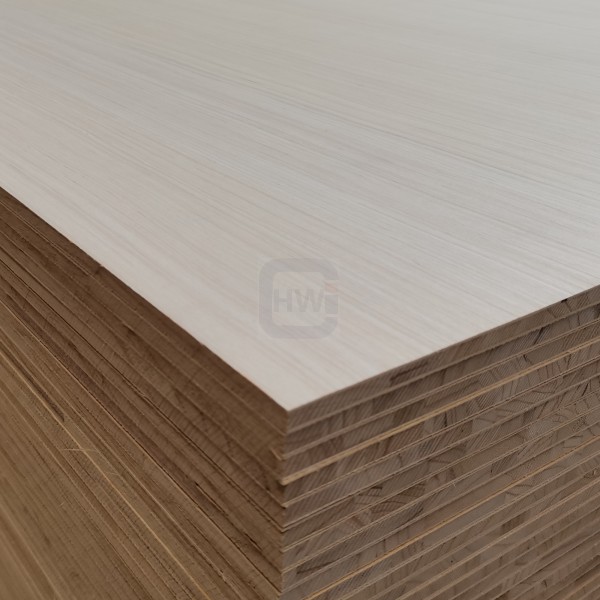Paulownia Plywood

Paulownia Multilayer




High quality
HW is manufactured using the latest plywood technology paired with over twenty years of plywood knowledge and expertise.
Lightweight
Made with 100% paulownia core, HW is 30% lighter than other commonly sourced RV/Campervan/Caravan panel substrates.
Sustainable
Sourced from fast-growing Chinese plantations and sustainably managed forests for a stable, reliable supply chain.


- The material is light and tough
To evaluate the quality of wood, bulk density, and strength are important standards. The higher the strength is, the lighter the bulk density is. Paulownia wood is one of the lightest wood on the earth. Its air-dry density is 0.23-0.40 g / cm3, which is about 40% lighter than ordinary wood. Its biggest advantage is that it is light and tough.
- No warping, no deformation
Because of its small coefficient of shrinkage, the trees do not bend and do not warp, and are not deformed.
- Moisture-proof
The dried tung tree is not easy to absorb moisture and moisture and has a high degree of preservation.
- Fire resistance
The thermal conductivity of Paulownia wood is smaller than other ones. Generally, the combustion point of wood is about 270 degrees, and the burning point of Paulownia wood is 425 degrees, which is a rare feature.
- Wear resistance
Although the Paulownia wood is light, it is not easy to wear. The Paulownia wood is used as an air box, and the pull rod is worn back and forth, but the box plate is not easy to wear.
- Beautiful texture and bright color
Paulownia wood has a bright, beautiful, and delicate texture with silk, and the natural pattern is very good. - Strong sound guidance
Paulownia wood is indispensable for making musical instruments. Regardless of weather changes, it can stabilize the timbre, so it is called “Qing Tong”. For example, Yangqin, Pipa, Liuqin, and even Qinhu are all made of paulownia. - Easy to carve and dye
Paulownia wood is not easy to split, but the wood is soft, easy to process, easy to carve, and easy to dye. It can be used as a beam, purlin, door and window, ceiling, tile board, room partition, and so on. Paulownia Core Plywood is used for Caravan/RV/Touring Car/Camper Vans Interiors, as well as Furniture Applications.
Advantages
1. Lightweight: Paulownia is a lightweight wood, which makes paulownia plywood a popular choice for applications where weight is a concern, such as in the construction of aircraft and boats.
2. Strength: Despite its lightweight nature, paulownia plywood is also strong and durable. Its cross-grain construction provides added strength and stability, making it less likely to warp or twist.
3. Stability: Paulownia plywood has a low shrinkage rate, which means it is less likely to expand or contract in response to changes in temperature or humidity.
4. Acoustic properties: Paulownia plywood has excellent acoustic properties, making it a popular choice for the manufacturing of musical instruments such as guitars and violins.
5. Sustainability: Paulownia is a fast-growing tree species that can be harvested for its timber in as little as five years, making it a more sustainable choice compared to slower-growing tree species.
6. Easy to work with: Paulownia plywood is easy to cut, shape, and sand, making it a popular choice for DIY projects and woodworking enthusiasts.


Surface Material
Covered Paper, PVC, HPL, etc. ( (Gray, Yellow, White, Wood Grain, Stone Grain)






Delivery Instructions
| Packing | Standard Export Pallet Packing | Inner Packing | The pallet is wrapped with a 0.20mm plastic bag | |
| Outer Packing | The pallet is covered with plywood or carton and then PVC/steel tapes for strength | |||
| Loading Quantity | 20’GP | 8pallets/22cbm | ||
| 40’GP | 16pallets/42cbm | |||
| 40’HQ | 18pallets/50cbm | |||
Packaging and Containerization


Application
1. Boat building: Paulownia plywood is a popular choice for boat building due to its strength, durability, and water resistance.
2. Aircraft construction: Paulownia plywood is also used in aircraft construction for its lightweight and strong properties.
3. Furniture: Paulownia plywood is used in the manufacturing of furniture due to its strength and stability.
4. Musical instruments: Paulownia plywood is used in the manufacturing of musical instruments such as guitars, violins, and ukuleles due to its excellent acoustic properties.
5. Building materials: Paulownia plywood can be used as a building material for applications such as wall panels, ceilings, and flooring.
6. Packaging: Paulownia plywood is used in the manufacturing of packaging materials due to its lightweight and strong properties.
7. DIY projects: Paulownia plywood is a popular choice for DIY projects and woodworking enthusiasts due to its ease of use and versatility.
FAQ
Q: What is paulownia plywood used for?
A: Paulownia plywood is used for a wide range of applications, including boat building, aircraft construction, furniture, musical instruments, and more.
Q: How is paulownia plywood made?
A: Paulownia plywood is made by layering thin sheets of paulownia veneer together, with the grain of each layer running perpendicular to the one above it. The layers are bonded together with a waterproof adhesive to create strong and durable plywood.
Q: Is paulownia plywood strong?
A: Yes, despite its lightweight nature, paulownia plywood is also strong and durable. Its cross-grain construction provides added strength and stability, making it less likely to warp or twist.
Q: Is Paulownia plywood easy to work with?
A: Yes, paulownia plywood is easy to cut, shape, and sand, making it a popular choice for DIY projects and woodworking enthusiasts.
Q: Is Paulownia plywood sustainable?
A: Yes, paulownia is a fast-growing tree species that can be harvested for its timber in as little as five years, making it a more sustainable choice compared to slower-growing tree species.

